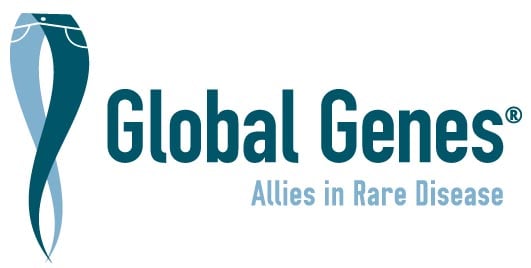Multiple sclerosis-ichthyosis-factor VIII deficiency syndrome
Multiple sclerosis-ichthyosis-factor VIII deficiency syndrome is characterized by the association of multiple sclerosis with lamellar ichthyosis (see this term) and hematological anomalies (beta thalassemia minor and a quantitative deficit of factor VIII-von Willebrand complex). Other clinical manifestations may include eye involvement (optic atrophy diplopia) neuromuscular involvement (ataxia pyramidal syndrome gait disturbance) and sensory disorder. There have been no further descriptions in the literature since 1992.
Data from Orphanet are used to provide information on a disease's name, synonym(s), and overview.
Reference: Access aggregated data from Orphanet at Orphadata.
Orphadata: Free access data from Orphanet. © INSERM 1999. Available on http://www.orphadata.org. Data version May 2024
Newly diagnosed with
Multiple sclerosis-ichthyosis-factor VIII deficiency syndrome?
Our RARE Concierge Services Guides are available to assist you by providing information, resources and connections as you navigate your rare disease journey.
Advocacy Organizations
Bleeding Disorders Alliance Illinois
The Bleeding Disorders Alliance Illinois exists to improve the quality of life for the inherited bleeding disorders community by supporting individuals and their families with unbiased information and resources which allows them to live healthy and active lives.
Care-for-Rare America Inc
To establish a global alliance in order to identify the genetic causes of rare diseases and develop effective treatments, following a three-stage approach: recognize, understand, cure.
Hemophilia Foundation of Southern California
“Improving the quality of life and building community for those living with inherited bleeding disorders in Southern California.”
National Center of Hematology and Blood Transfusion
Treatment of patients with blood diseases,scientific-research works
Syndromes Without A Name (SWAN) Australia
Provide information, support and advocacy to families caring for a child with an undiagnosed or rare genetic condition.
Youth And Women for Opportunities Uganda-YWOU
Our mission supports Rare, orphan and undiagnosed diseases diagnosis, care and treatment, education, awareness and empowering health care professionals and patients care takers of rare, orphan and undiagnosed diseases arena in Uganda, build capacity and bridge lack of clinical knowledge and experience and provide search/quest for diagnostic laboratories, I advocate for changes in laws, practices
Clinical Trials
For a list of clinical trials in this disease area, please click here.
